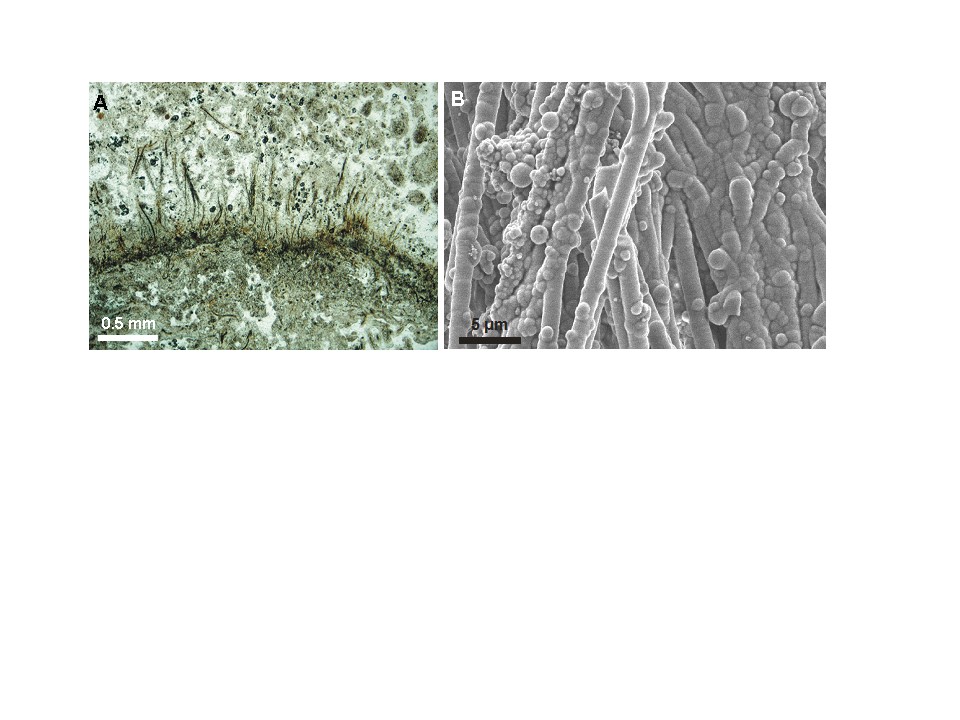Abstract: The search for life beyond Earth occupies exploration efforts of space agencies and researchers, and captures the imagination of the public. Mars is a top Solar System candidate in this quest because of its multiple, once habitable environments of surface liquid water that may have harboured microbial life at a time when Earth’s own biosphere was getting underway billions of years ago. Yet, validation of possible signals of past life in Martian rocks will likely require sample return as well as study of multiple lines of evidence from within well constrained contextual settings to identify biosignatures – i.e. distinctive suites of durable textural, mineralogical, and chemical indicators of life. Focusing on Earth’s hot spring deposits and unusual hydrothermal silica found by Spirit rover at Columbia Hills on Mars, this talk takes a comparative paleoenvironmental approach to help narrow the search and potentially reveal the arguably best place in the Solar System to discover (fossil) life – version 2.0.
Bio:
Professor Kathy Campbell (UW M.S., USC Ph.D.) is a geologist, paleoecologist and astrobiologist investigating extreme (paleo)environments, particularly hot springs and cold seeps as analogue settings for early life on Earth and possible life elsewhere in the Solar System. Her university studies were undertaken in the western U.S., followed by a National Research Council/NASA post-doctoral appointment at NASA Ames Research Center, before she joined The University of Auckland in 1997. She is an elected Fellow of the Royal Society of New Zealand Te Apārangi, and is founding Director of Te Ao Mārama – Centre for Fundamental Inquiry, a transdisciplinary research center exploring the origin and evolution of the Universe and its life. Professor Campbell was an invited senior research fellow at the Le Studium Institute for Advanced Studies in France, and a distinguished lecturer in international astrobiology schools in Spain and Thailand. In NASA’s Mars 2020 landing site selection process, her team’s proposal made it into the final three, with the aim to collect samples of potential Martian biosignatures from a >3.5-billion-year-old hydrothermal deposit at Columbia Hills in Gusev crater, preparing for their future return to Earth.

